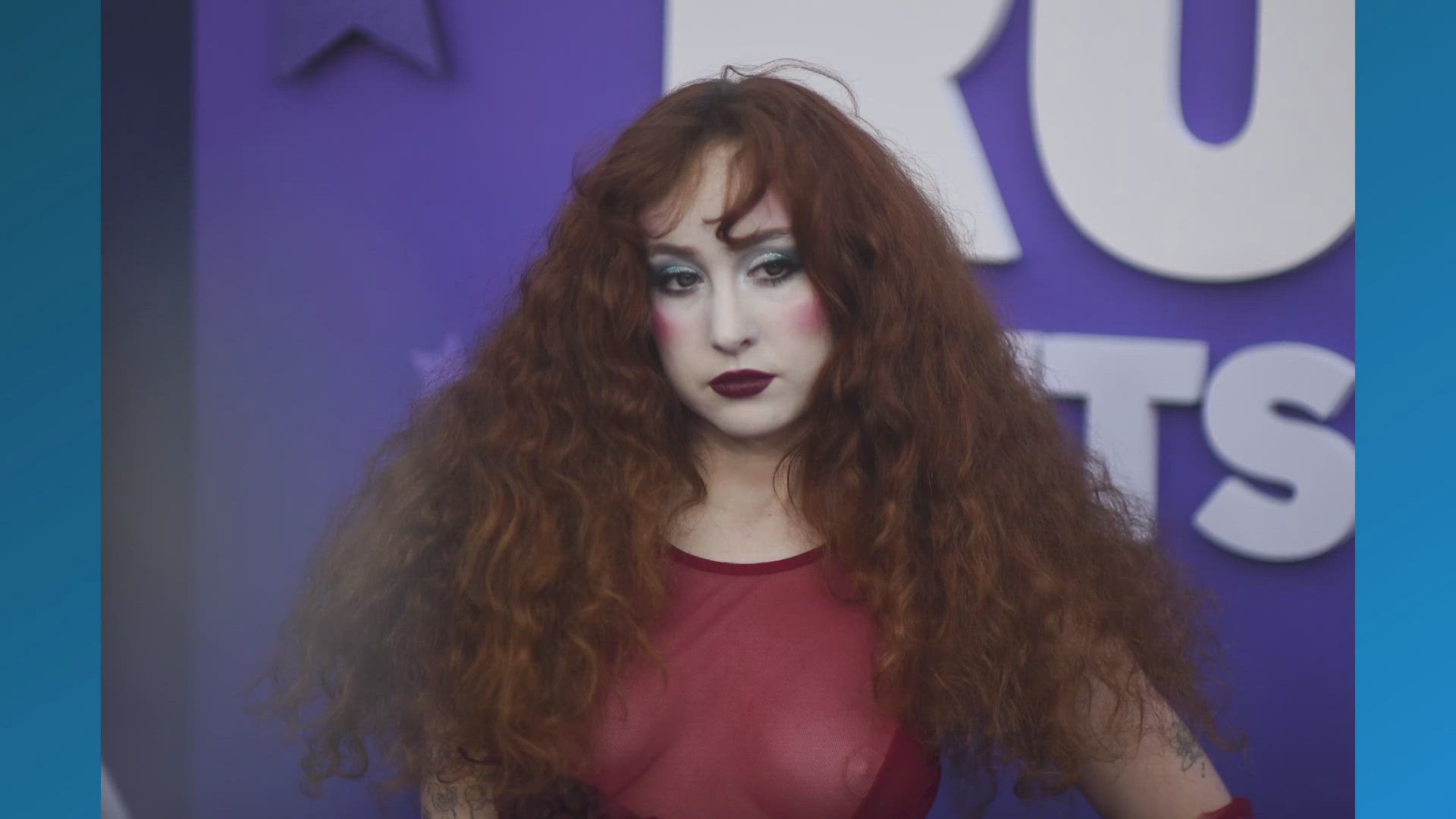The history of The Mono, its impact on St. Louis, and its global spread throughout the nation is the inspiration behind Edward Thornton’s documentary, “Bring Dat Mono Back,” which was released to YouTube on 314 Day (March 14, 2023).
Thornton, a former rapper turned tech entrepreneur, released “Bring Dat Mono Back,” in 2007. He saw people across the world doing the dance and calling it, The Monastery.
“Nobody really knows the origins of this dance, where it comes from,” Thornton said. “It's a good opportunity to bring attention back to St. Louis and show that the city contributed a lot to dance culture and the culture of the world.”
Legend “DJ Big Sexy Kool D-Jay Kaos” Clair, a former on-air personality with 100.3 The Beat, was a host and DJ at The Monastery and saw The Mono dance take off in real time. He is also featured in the documentary.
While he was in the DJ booth, he said he first saw a group of gay men who frequented the club doing a dance to Project Pat’s “Chickenhead.” It involved moving their elbows back and forth like a chicken while stepping forward.
Women in the club caught on, which led to the “Back Back,” song by Lil O that Clair began playing at the club. The dance became known as the Back Back.
Initially, The Mono wasn’t the name of the dance. Clair said people started calling it that because it started at The Mono nightclub. The dance traveled from The Mono to Saints Skating Rink and to The Palace Skating Rink.
“These younger kids started getting into it, they were flipping their hands and doing the pancake dance, doing the heel-toe and adding all these other steps to The Mono,” Clair said.
Clair really saw The Mono dance take off when he was hosting at The Limelight nightclub and DJ Cub played and Kemo Vee’s single “Ur Body In Da Club Up.”
When Cub played the song, Clair said “it was like nothing he never saw before at the high school event.”
“The club went crazy. It's like 1,000 kids in here and 1,000 outside going crazy,” Clair said.
“I lost my mind because I never saw that. I know what it [the dance] did at The Mono, but I never saw this at The Limelight.”
Clair said he and the other fellow founding Da Hol 9 member, Kemo Vee, recorded a remix to “Ur Body In Da Club Up,” and named it “Nina Pop.” It soon became the theme song for people to do The Mono.
“I grabbed a loose leaf notebook, looked at the crowd, and everybody was doing something different,” Clair said.
“I looked at this person and he looked like he was holding himself. I said ‘hold yo self’. I look over here and I see this guy [saw it on the yard at SIUE when they were doing it], got college people doing it, ‘pretty boy wit it’. There was a Kappa guy doing it.”
During its prime, Clair described The Monastery “as a Super Walmart that was gutted out, painted black, with lights, a smoke machine, and a few bars inside.”
Sabrina McField, was in high school when The Mono club was poppin and the dance started to take off then the summer after she graduated she moved to Los Angeles to pursue a professional dance career. She is also featured in the “Bring Dat Mono Back Documentary.”
She said The Mono dance defines an era and St. Louis culture. While in Los Angeles, she taught other dancers and choreographers how to do The Mono as the dance became more mainstream from St. Louis artists showcasing it in their music videos including J-Kwon’s “Tipsy,” Chingy’s “Right Thurr,” and Diddy’s “Shake Ya Tailfeather,” featuring Nelly and Murphy Lee.
“In the documentary I talk about what I saw from my eyes,” McField said. “Dance was always my thing and I was always known for it. I paid attention to the moves as they were changing them.”
“The purpose of me doing the documentary was to take our culture and highlight it,” Thornton said. “St. Louis has so much stuff going on it's so unique. We have a beautiful culture here and I feel like I want the whole world to know about it.”



